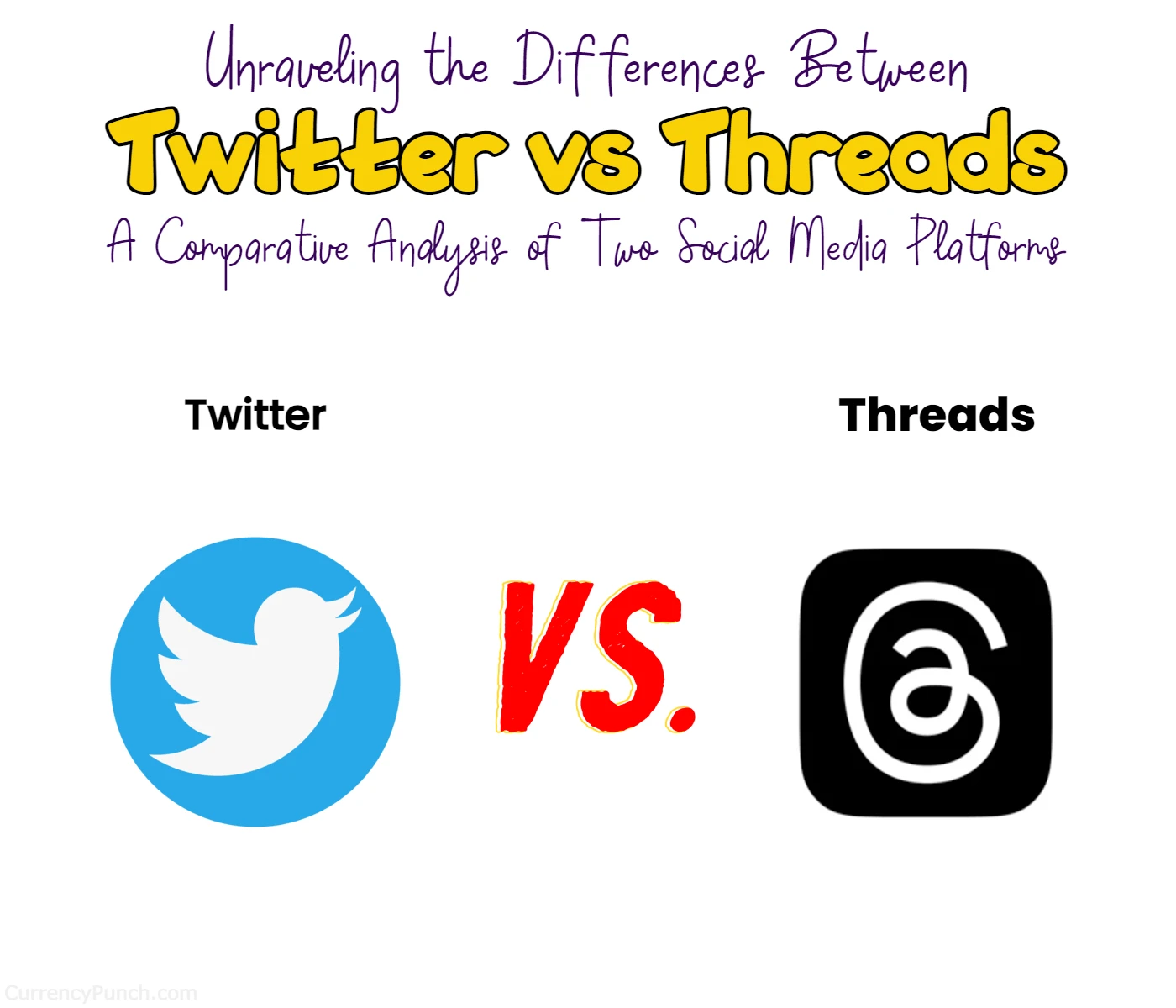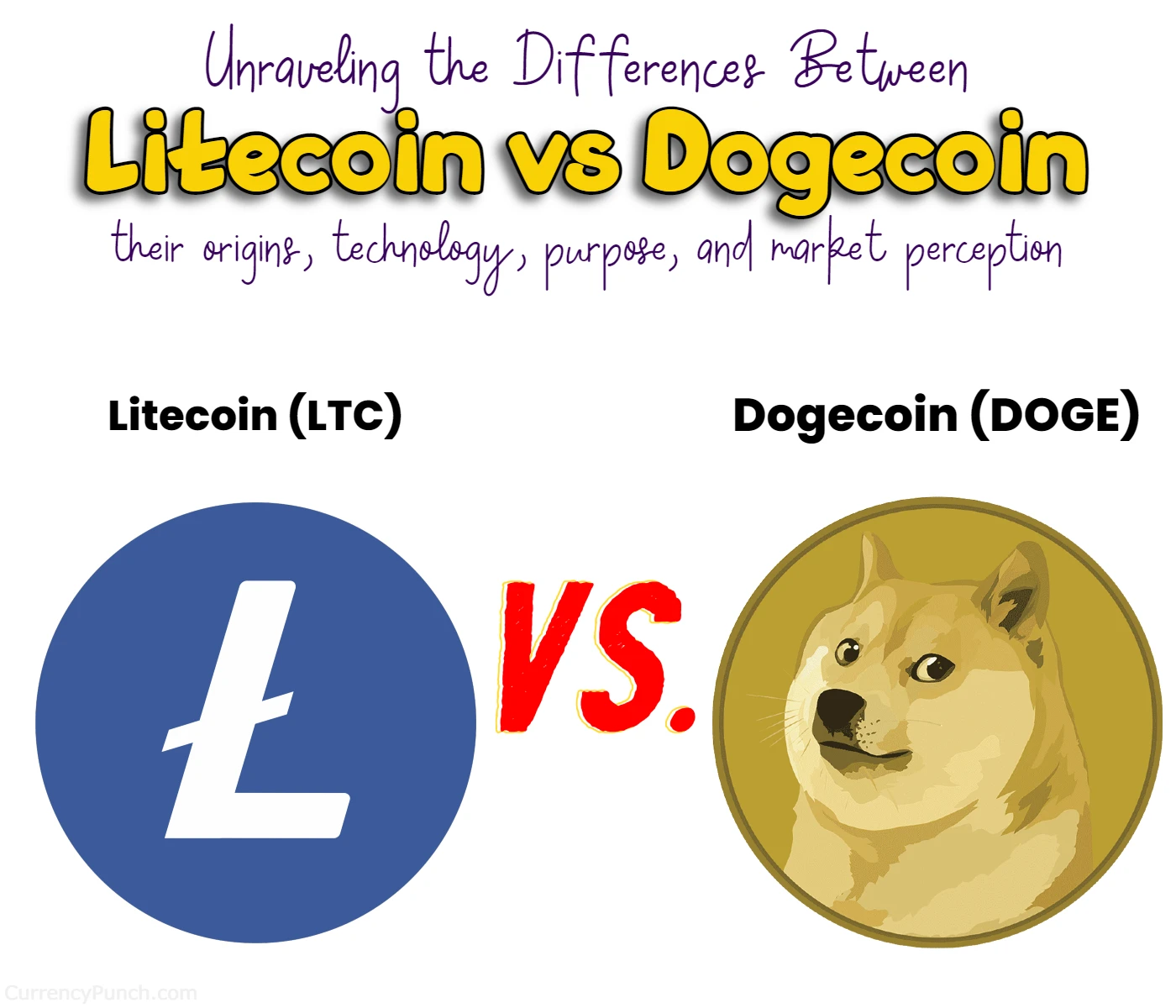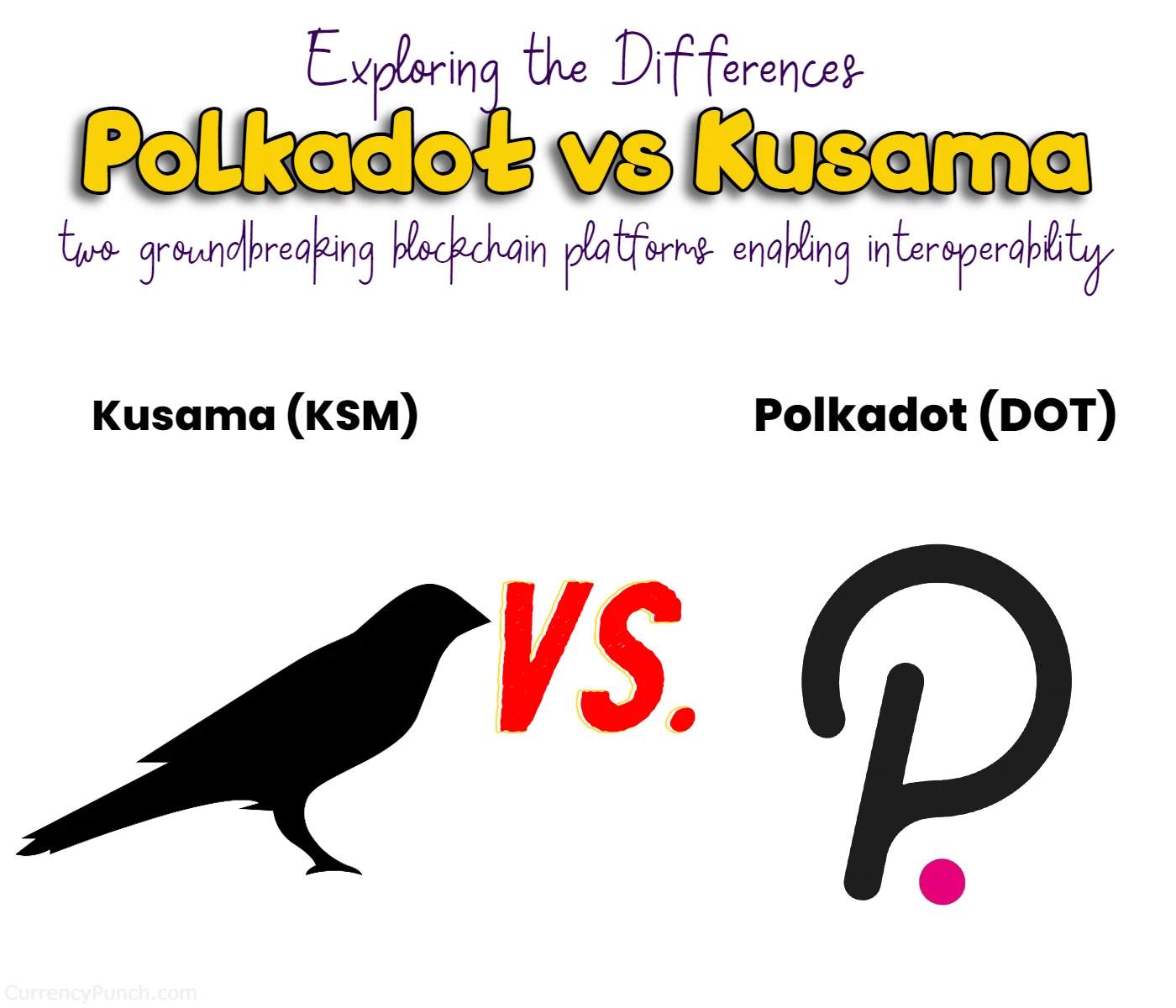Polkadot (dot) vs Avalanche (avax)
What is the difference between Avalanche (avax) and Polkadot (dot)?

Are you curious to learn about the differences between Avalanche (AVAX) and Polkadot (DOT)? In this blog post, we’ll dive into the unique features and capabilities of these two prominent blockchain platforms. Whether you’re an investor, developer, or crypto enthusiast, understanding the distinctions between Avalanche and Polkadot can help you make informed decisions and explore opportunities in the ever-evolving world of cryptocurrencies. So, let’s embark on this exciting journey and uncover what sets Avalanche and Polkadot apart!
When it comes to consensus mechanisms, Avalanche and Polkadot take distinct approaches. Avalanche employs a groundbreaking consensus protocol called Avalanche consensus, enabling rapid agreement on transaction order and validity. On the other hand, Polkadot utilizes a hybrid consensus mechanism, combining a relay chain and independent parachains, each with their own consensus algorithms. The diverse consensus mechanisms of Avalanche and Polkadot contribute to their unique strengths and characteristics.
Governance models play a crucial role in shaping the future of blockchain platforms, and Avalanche and Polkadot have implemented decentralized governance systems. Avalanche empowers token holders to participate in decision-making, allowing them to propose and vote on network upgrades and parameter changes. Polkadot, meanwhile, employs a multi-layered governance model, featuring the Polkadot Council, the Technical Committee, and referenda. These governance structures ensure that stakeholders have a voice in the development and evolution of the platforms.
Here’s a quick chart outlining the key differences between Avalanche (AVAX) and Polkadot (DOT):
| Features | Avalanche (AVAX) | Polkadot (DOT) |
|---|---|---|
| Consensus Mechanism | Avalanche consensus | Hybrid consensus with relay chain and parachains |
| Governance Model | Token holder participation | Multi-layered governance with specialized committees |
| Interoperability | Ethereum compatibility on C-Chain | Interconnected parachains with XCMP messaging protocol |
| Ecosystem Development | Growing DeFi presence, Ethereum compatibility | Diverse ecosystem with Substrate development framework |
| Scalability | High scalability and fast transaction finality | Scalable through relay chain and parachain architecture |
| Founder/Team | Founded by Emin Gün Sirer and team | Founded by Gavin Wood and team |
Difference between Polkadot and Avalanche
Introduction to Avalanche and Polkadot
Before delving into the intricacies of each platform, let’s start with a brief introduction to Avalanche and Polkadot.
Avalanche (AVAX)
Avalanche is a decentralized platform that aims to provide high scalability, fast transaction finality, and customizable governance. It was founded by a team of computer scientists, including Emin Gün Sirer, who is a renowned expert in distributed systems. Avalanche utilizes a consensus protocol called Avalanche consensus, which enables rapid consensus on transactions by using a network of validators.
Polkadot (DOT)
Polkadot, on the other hand, is a multi-chain platform that facilitates the transfer of any type of data or asset across independent blockchains. Created by Gavin Wood, one of the co-founders of Ethereum, Polkadot employs a unique relay chain architecture to achieve scalability, interoperability, and shared security. It aims to enable different blockchains to interoperate and communicate with each other seamlessly.
Now that we have a basic understanding of Avalanche and Polkadot, let’s explore the key differences between these two platforms.
Consensus Mechanisms
Consensus mechanisms play a crucial role in maintaining the integrity and security of blockchain networks. They determine how transactions are validated and added to the blockchain. Both Avalanche and Polkadot have innovative consensus mechanisms that differentiate them from traditional blockchain networks.
Avalanche Consensus
Avalanche utilizes a novel consensus mechanism known as Avalanche consensus. This consensus protocol enables validators to reach a rapid agreement on the order and validity of transactions. Avalanche achieves consensus through repeated randomized sampling and binary voting. In simple terms, validators continuously sample the opinion of other validators and eventually converge on a common decision.
Polkadot Consensus
Polkadot, on the other hand, employs a hybrid consensus mechanism combining a relay chain with multiple parachains. The relay chain, called the Polkadot Relay Chain, provides shared security and consensus for the entire network. Parachains, which are independent blockchains connected to the relay chain, have their own consensus mechanisms. Polkadot supports various consensus mechanisms, including Proof-of-Stake (PoS), Proof-of-Authority (PoA), and more.
The key difference between Avalanche and Polkadot’s consensus mechanisms lies in their approach to achieving consensus. Avalanche focuses on rapid consensus through repeated sampling and voting, while Polkadot emphasizes shared security and interoperability through its relay chain architecture.
Governance Models
Governance models define how decisions are made and implemented within a blockchain network. They play a vital role in ensuring the platform’s evolution, security, and sustainability. Let’s explore how Avalanche and Polkadot handle governance.
Avalanche Governance
Avalanche employs a decentralized governance model that enables AVAX token holders to participate in the decision-making process. AVAX token holders can propose and vote on network upgrades, parameter changes, and other important decisions. This model gives stakeholders a voice and allows them to shape the future of the Avalanche platform.
Polkadot Governance
Polkadot utilizes a sophisticated governance model designed to ensure decentralized decision-making. It combines several components, including the Polkadot Council, the Technical Committee, and referenda. The Polkadot Council consists of elected members who are responsible for proposing and approving network upgrades and parameter changes. The Technical Committee, on the other hand, handles more technical aspects of governance, such as code upgrades and bug fixes. Additionally, Polkadot employs referenda, which allow token holders to vote on important network-wide decisions. This multi-layered governance model ensures a balanced and inclusive decision-making process within the Polkadot ecosystem.
While both Avalanche and Polkadot have decentralized governance models, Polkadot’s approach is more layered and includes specialized committees to handle different aspects of governance. Avalanche, on the other hand, focuses on token holder participation without additional layers.
Interoperability and Cross-Chain Communication
Interoperability is a key aspect of modern blockchain networks, as it enables different chains to communicate and exchange assets or data seamlessly. Let’s explore how Avalanche and Polkadot approach interoperability.
Avalanche Interoperability
Avalanche aims to achieve interoperability through its C-Chain (Contract Chain). The C-Chain is compatible with the Ethereum Virtual Machine (EVM), allowing developers to port existing Ethereum applications to Avalanche with ease. This compatibility expands the reach of Avalanche and enables developers to leverage the existing Ethereum ecosystem while benefiting from Avalanche’s high scalability and transaction finality.
Polkadot Interoperability
Polkadot is specifically designed to facilitate interoperability among different chains. Its relay chain architecture allows parachains to connect and communicate with each other, enabling the transfer of assets and data across chains. Polkadot achieves this through a standardized messaging protocol called XCMP (Cross-Chain Message Passing), which allows parachains to send and receive messages securely. This interoperability feature of Polkadot makes it a powerful platform for building a diverse ecosystem of interconnected blockchains.
The primary difference between Avalanche and Polkadot’s interoperability lies in their approach. Avalanche achieves interoperability through Ethereum compatibility on its C-Chain, while Polkadot focuses on creating a network of interconnected parachains with a standardized messaging protocol.
Ecosystem Development and Adoption
The success of a blockchain platform depends on the development of a robust ecosystem and widespread adoption. Let’s explore how Avalanche and Polkadot are fostering ecosystem growth.
Avalanche Ecosystem
Avalanche has been actively working on expanding its ecosystem by attracting developers, projects, and partnerships. It offers developer-friendly tools and resources to encourage the creation of decentralized applications (dApps) on its platform. Avalanche has seen significant growth in the DeFi (Decentralized Finance) space, with several popular projects and protocols launching on its network. Its compatibility with the Ethereum ecosystem has also attracted developers and users looking for a scalable alternative to Ethereum.
Polkadot Ecosystem
Polkadot has been successful in building a vibrant and diverse ecosystem of parachains and projects. It provides comprehensive development frameworks, such as Substrate, to simplify the process of building and launching parachains. Polkadot’s ecosystem is known for its interoperability and scalability, attracting projects from various sectors, including DeFi, NFTs (Non-Fungible Tokens), gaming, and more. The Polkadot ecosystem has also seen the rise of its native token, DOT, as a prominent asset in the crypto market.
Both Avalanche and Polkadot are actively focusing on ecosystem development and adoption. While Avalanche has gained traction in the DeFi space and offers compatibility with Ethereum, Polkadot has established itself as a platform for building interconnected parachains across diverse sectors.
Conclusion
In conclusion, Avalanche (AVAX) and Polkadot (DOT) are two prominent blockchain platforms that aim to address scalability, interoperability, and governance challenges in the crypto space. Avalanche utilizes its unique Avalanche consensus mechanism for rapid consensus, while Polkadot employs a relay chain architecture and supports multiple consensus mechanisms for shared security and interoperability.
In terms of governance, Avalanche and Polkadot both employ decentralized governance models that involve token holders in the decision-making process. Avalanche focuses on token holder participation, while Polkadot utilizes a multi-layered governance model with specialized committees and referenda.
Interoperability is approached differently by Avalanche and Polkadot. Avalanche achieves interoperability through Ethereum compatibility on its C-Chain, allowing developers to port existing Ethereum applications to Avalanche. Polkadot, on the other hand, facilitates interoperability through its relay chain architecture and standardized messaging protocol (XCMP) to connect and communicate among parachains.
When it comes to ecosystem development and adoption, both Avalanche and Polkadot have made significant progress. Avalanche has seen growth in the DeFi sector and offers developer-friendly tools to attract projects and partnerships. Polkadot, with its Substrate development framework, has built a diverse ecosystem of parachains across various sectors, including DeFi, NFTs, and gaming.
In summary, Avalanche and Polkadot have distinct approaches to scalability, consensus, governance, interoperability, and ecosystem development. Avalanche emphasizes rapid consensus and Ethereum compatibility, while Polkadot focuses on shared security, interconnected parachains, and comprehensive governance. Both platforms contribute to the evolution of the blockchain industry, and their unique features cater to different use cases and project requirements. Ultimately, the choice between Avalanche and Polkadot depends on specific needs and priorities within the crypto ecosystem.
FAQs
Avalanche uses the Avalanche consensus mechanism, which achieves rapid consensus through repeated randomized sampling and binary voting. Polkadot, on the other hand, employs a hybrid consensus mechanism, combining a relay chain with independent parachains, each having its own consensus algorithm.
Avalanche has a decentralized governance model that allows AVAX token holders to propose and vote on network upgrades and parameter changes. Polkadot utilizes a multi-layered governance model, involving the Polkadot Council, the Technical Committee, and referenda, to ensure decentralized decision-making.
Avalanche achieves interoperability through its C-Chain, which is compatible with the Ethereum Virtual Machine (EVM), allowing developers to port existing Ethereum applications to Avalanche. Polkadot focuses on creating a network of interconnected parachains through its relay chain architecture and XCMP messaging protocol.
Avalanche has seen growth in the DeFi sector, attracting projects and partnerships. Its compatibility with Ethereum has also contributed to its ecosystem development. Polkadot has built a diverse ecosystem of parachains across various sectors, including DeFi, NFTs, and gaming, with its Substrate development framework.
Read More:



